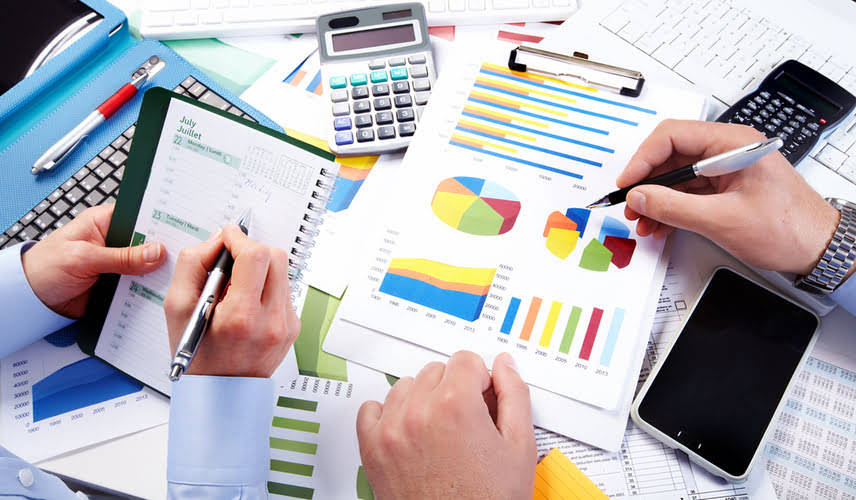
Long-term liabilities, like long-term debt or lease obligations, are due beyond a year. Shareholder equity is the money attributable to the owners of a business or its shareholders. It is also known as net assets since it is equivalent to the total assets of a company minus its liabilities or the debt it owes to non-shareholders.

Public companies, on the other hand, are required to obtain external audits by public accountants, and must also ensure that their books are kept to a much higher standard. A company usually must provide a balance sheet to a lender in order to secure a business loan. A company must also usually provide a balance sheet to private investors when attempting to secure private equity funding. In both cases, the external party wants to assess the financial health of a company, the creditworthiness of the business, and whether the company will be able to repay its short-term debts. In short, the balance sheet is a financial statement that provides a snapshot of what a company owns and owes, as well as the amount invested by shareholders.
ESMA publishes 27th enforcement decisions report
For example, you can take totals of current assets and current liabilities in the classified balance sheet to calculate the current ratio. The parts of assets, liabilities, and equity are separated into more sub-headings for providing in-depth data to the clients. The parts of assets and liabilities are likewise named current and non-current. Large organizations use a classified balance sheet as the format that delivers in-depth data to the clients for better decision-making. A classified balance sheet has liability, asset, and equity sections in subcategories for ease in usability. All in all, it segregates every one of the balance sheet accounts into simpler subgroups to make a more valuable and significant report.
The Current Assets list incorporates all assets that have an expiry date of less than one year. The Fixed Assets category records things like land or a structure, while assets that don’t fit into ordinary classifications are placed in the Other Assets classification. Liabilities refer to the business obligations as a result of accounting transaction taken place in past. These are also taken as sums of money that business owes to outsiders like creditors, suppliers etc. Liabilities can also be defined as present obligations arisen from past events.
Benefits of Classified Balance Sheet
Balance sheets can be used with other important financial statements to conduct fundamental analysis or calculate financial ratios. A classified balance sheet reader can extract the exact information needed without getting overwhelmed or distracted by sophisticated information. To sum up, a classified balance sheet aims to report the company’s assets and liabilities in as detailed a manner as possible. Fixed Assets are those long-term assets that are used in the current financial year as well as many years further. They are one-time strategic investments that are required for the long-term survival of the business. For an IT industry, assets will be laptops, desktops, land, and so forth yet for a manufacturing firm, it tends to be equipment, hardware, and Machinery.
A classified balance sheet separates the assets and liabilities into current and non-current categories while the balance sheet does not. Therefore, a classified balance sheet helps provide a better understanding of the composition of the assets and liabilities. The balance sheet includes information about a company’s assets and liabilities. Depending on the company, this might include short-term assets, such as cash and accounts receivable, or long-term assets such as property, plant, and equipment (PP&E). Likewise, its liabilities may include short-term obligations such as accounts payable and wages payable, or long-term liabilities such as bank loans and other debt obligations.
Current Assets
A company will be able to quickly assess whether it has borrowed too much money, whether the assets it owns are not liquid enough, or whether it has enough cash on hand to meet current demands. Investors can get a sense of a company’s financial well-being by using a number of ratios that can be derived from a balance sheet, including the debt-to-equity ratio and the acid-test ratio, along with many others. The income statement and statement of cash flows also provide valuable context for assessing a company’s finances, as do any notes or addenda in an earnings report that might refer back to the balance sheet. There is nothing that requires that a business activity be conducted through a corporation.
